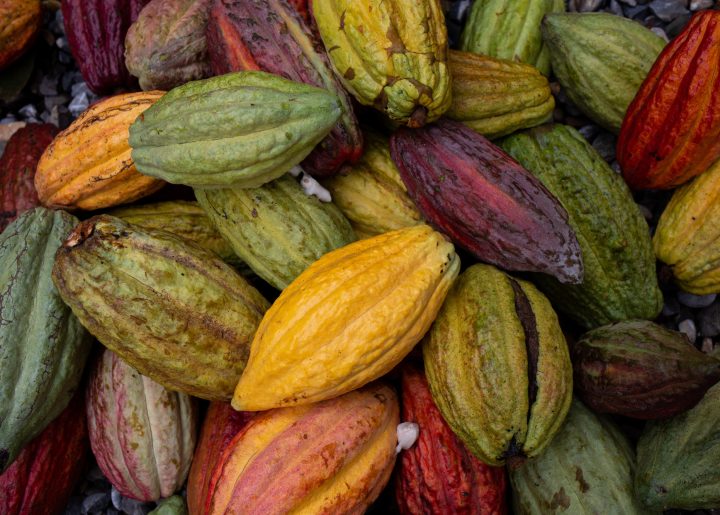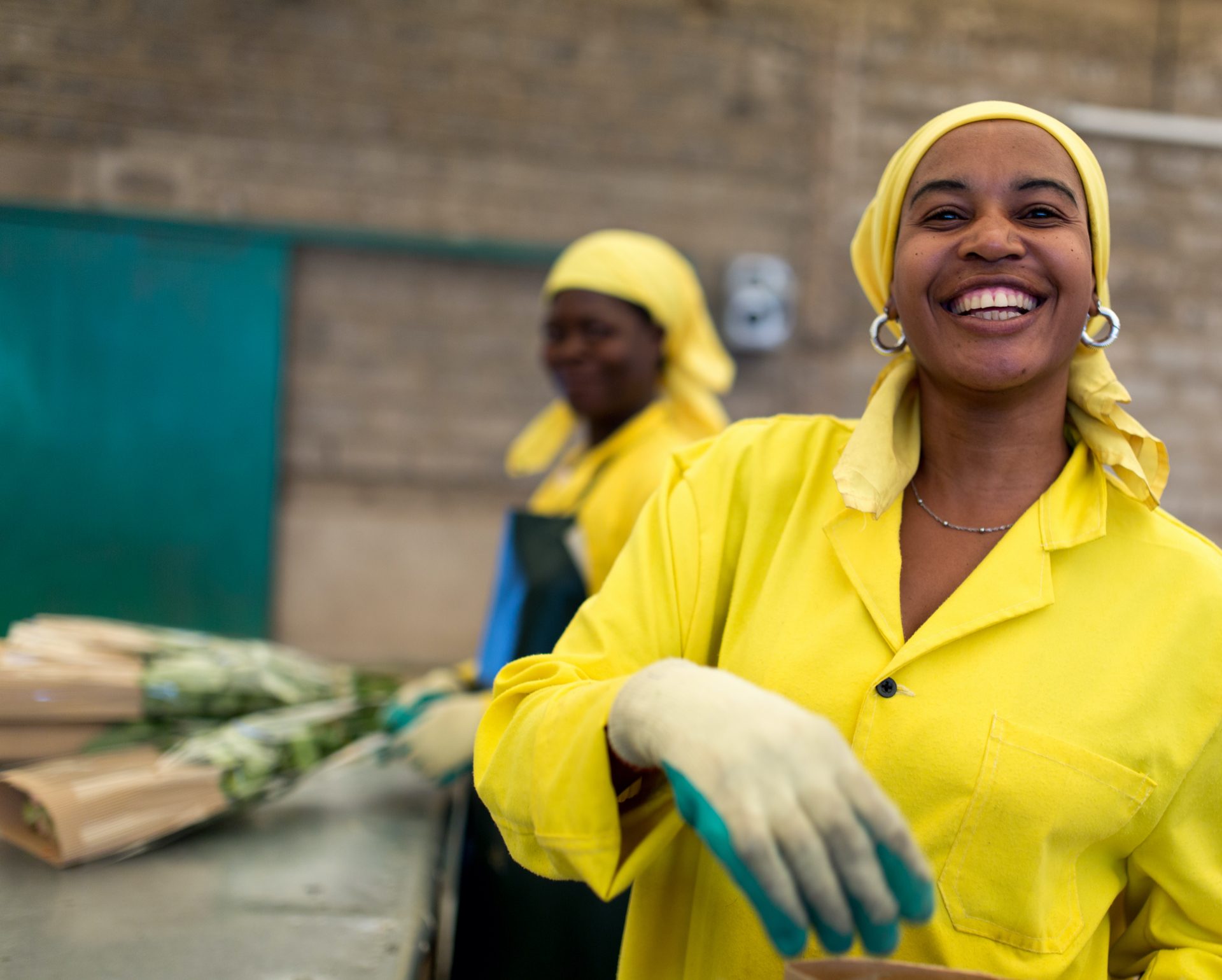Fairtrade Impact: Making Theory a Reality

By definition, a theory is a work in progress. A really good theory, though—the kind that becomes accepted as fact—is rooted in evidence.
Not surprisingly, history has shown that some theories are more solid than others. Einstein’s theory of relativity, for example, is considered a winner. The ancient Babylonian one about the Earth being flat…not so much. One had evidence and the other did not.
At Fairtrade America, we have our own theory that drives most everything we do. We call it our Theory of Change (TOC), and (to pinch a phrase from a bumper sticker) it not only explains the change we want to see in the world, and how we can contribute to that change in the very best ways, but also provides us with a guideline to measure if we are achieving this change.
The ABCs of Our TOC
Unlike the armchair theorists running amok about season seven of Game of Thrones, however, we don’t believe in our TOC just because we think it’s clever. Nor do we expect people to buy in simply because we’re hip (even though Fairtrade is hip). We believe in it and espouse it because we are using it to guide our actions.
So, what exactly is our Theory of Change? While you can read (and read and read) about it in this thorough document, you primarily need to know three things:
- Fairtrade America’s vision is a world in which all small producers and workers can enjoy secure and sustainable livelihoods, fulfill their potential and decide on their futures;
- We personify that beautiful change by working with companies to make trade fairer, empowering small producers and workers, and fostering sustainable livelihoods;
- We acknowledge that the world evolves and, therefore, we may have to adjust our strategies and activities over time. (As will many thousand Game of Thrones theorists, by the way.)
There are four distinct, but interlinked areas where we work that support our goals, including small producer and worker organizations, supply chains, civil society action and consumer behavior.
Understanding Outcomes and Impact
Any lofty claim of sustainability or doing business differently often has skepticism hot on its heels —as it should be. And for Fairtrade transparency is even more de rigueur. The expectation of transparency from nonprofits is high, and we are just as interested as others in learning about our impact.
At Fairtrade we look at the results of our interventions – things like sales figures, number of farmers and workers, and how they invest the Fairtrade Premium – and publish regular results in our annual Monitoring Reports. These detailed reports are based on information gathered from the farmers and workers we serve.
Anecdotally, we witness the economic, social and environmental impact of Fairtrade each and every day in the lives of farmers around the globe. In Paraguay, for example, farmers opened the first-ever, producer-owned sugar mill with help from the Fairtrade Access Fund. In addition, Fairtrade Premium investments commonly contribute to agricultural techniques that improve crop yield and quality, as well as improved housing, education and medical services within communities.
There are scads of stories that illustrate these benefits, like this one about South East Asia’s first all-women coffee cooperative, whose members were empowered by Fairtrade to become educated on the coffee business, develop necessary skills and overcome culture barriers to land ownership.
But you don’t have to take our word for it. Real impact is more than anecdotes and heartwarming stories, it’s about long-term results – both positive and negative – and what you do with that information (sometimes we learn more by our failures). Fairtrade regularly commissions research studies and reviews third-party research to measure our long-term impact and feedback into our Standards development and programs.
Some results of research include:
- For Ugandan coffee farmers, Fairtrade certification increases household living standards by 30 percent and significantly reduces the prevalence and depth of poverty (Chiputwa, et. al, 2013).
- Workers on Colombian banana plantations reported an average 34 percent increase in income due to their affiliation to Fairtrade. 98 percent consider that their quality of life has improved since joining Fairtrade (CODER, 2014).
- In a sample of 51 Mexican coffee farmers (26 Fairtrade and 25 non-Fairtrade) there is a proven connection between Fairtrade certification and environmentally-friendly farming practices (Jaffe, 2012).
- Workers on flower plantations experienced improvements in working conditions – specifically in regards to working hours and overtime payment – and increased control over their own lives (Lyall, 2014).
- Check out a full listing of research on Fairtrade International’s website.
Not Perfect…Yet
While is it easy to cherry pick good results from research, Fairtrade recognizes that the most effective research highlights areas for improvement. Impact research on Fairtrade has influenced our strategy around workers’ rights and living wages. It has informed our Gender Strategy, which was launched in January 2016. And the Fairtrade Access Fund was established based on research showing the difficulty cooperatives and associations had in accessing financing for projects.
Fairtrade will always be a work in progress. But we’ll keep working and tweaking it until we’ve fully realized the difference we want to make in the world.
We’re in this together
Fairtrade America partners with brands on the journey to certification and beyond. We can help with everything from finding a certified supply chain to marketing your newly certified product.
Get in Touch





